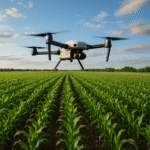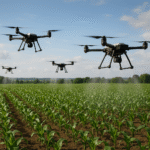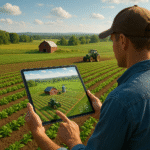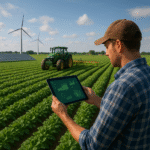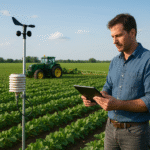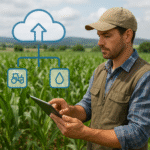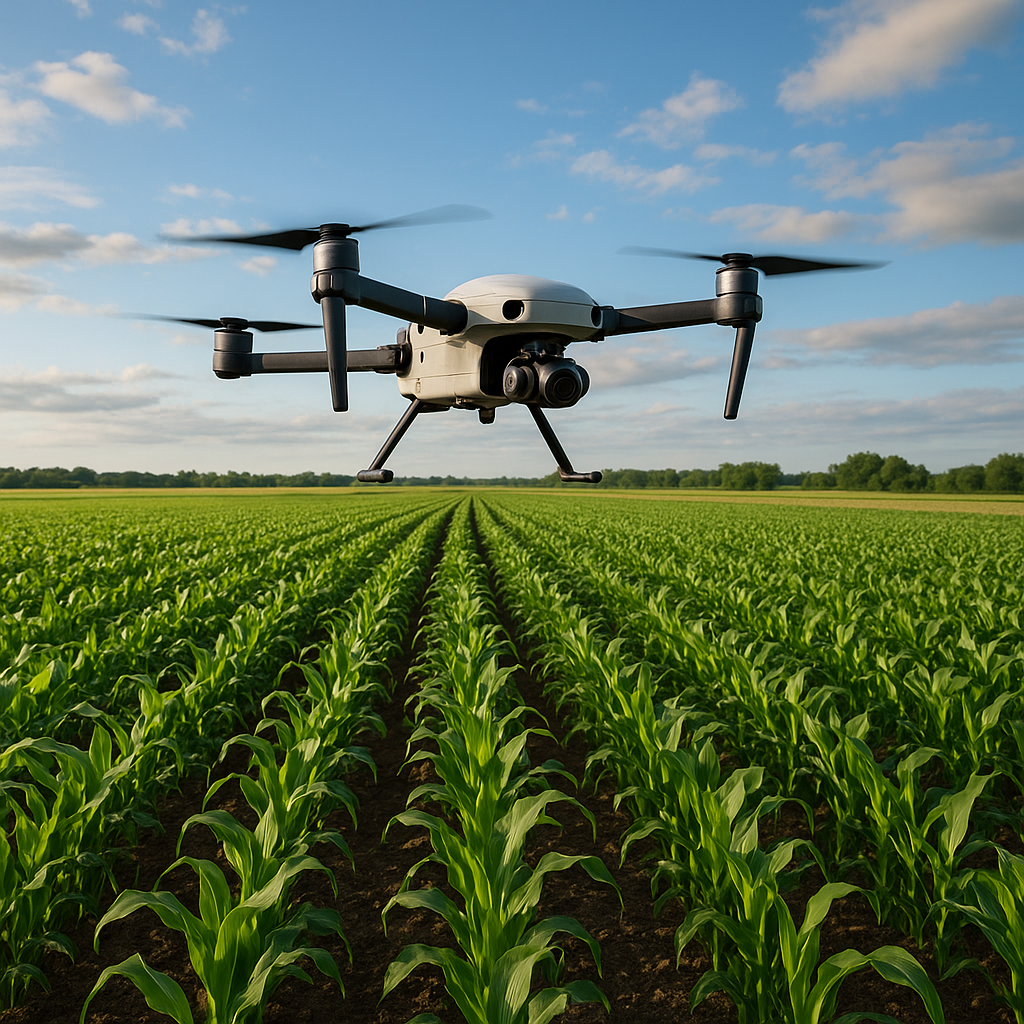The integration of autonomous drone swarms into modern farming practices is transforming the face of agriculture. By leveraging innovation in robotics, artificial intelligence, and sensor networks, farmers can achieve unmatched levels of precision and efficiency. These coordinated fleets of unmanned aerial vehicles (UAVs) carry out tasks such as crop spraying and high-resolution mapping with speed, accuracy, and minimal environmental impact. In this article, we explore the technologies underpinning drone swarms, their practical applications in crop management, and the broader sustainability and economic benefits that accompany their deployment.
Drone Swarm Technology and Architecture
At the heart of every effective swarm is a robust architecture combining hardware, software, and communication protocols. Each drone is equipped with compact yet powerful propulsion systems, precision nozzles for spraying, advanced imaging sensors, and on-board processors capable of real-time analysis. The key components include:
- Swarm coordination algorithms: Machine learning-driven routines allow drones to distribute tasks efficiently, avoid collisions, and adapt flight patterns in response to changing conditions.
- Secure communication links: Low-latency, encrypted channels ensure that drones remain synchronized, even when operating over wide fields or around natural obstacles.
- Energy management systems: Innovative battery technologies and solar-assisted charging pads extend operational range, facilitating continuous missions with minimal downtime.
- Modular payload bays: Quick-change mechanisms let farmers switch between spraying equipment and mapping sensors depending on the task requirements.
By marrying these elements with standardized platforms, agricultural enterprises can deploy scalable fleets tailored to the size and complexity of their operations. Advanced swarm software provides a user-friendly interface where operators define zones, constraints, and priorities. Once the mission parameters are set, the swarm conducts preflight checks and autonomously executes the mission with unparalleled speed.
Precision Crop Spraying with Swarms
Traditional aerial spraying often results in significant chemical drift, uneven coverage, and wasteful over-application. Drone swarms, in contrast, deliver targeted treatments that boost crop health while reducing input costs. Key advantages include:
- Spot treatment technology: High-resolution cameras and multispectral sensors identify disease hotspots, nutrient deficiencies, or pest infestations at the leaf level. The swarm zeroes in on these hotspots for localized spraying, conserving resources.
- Variable rate application: On-the-fly adjustments to droplet size, flow rate, and flight speed ensure the precise distribution of fertilizers, herbicides, or biopesticides across differing canopy densities.
- Wind compensation algorithms: Real-time wind speed and direction data enable each drone to adjust its nozzle angle, thereby minimizing drift and environmental contamination.
- Parallel coverage: While a single large aircraft might require multiple passes, a swarm can blanket an entire field in half the time, as individual drones divide and conquer predetermined sub-zones.
Through these methods, farmers witness a notable uptick in crop yield and quality. Empirical studies have demonstrated up to a 30% reduction in chemical usage and a 20% increase in uniformity of application when compared to conventional methods. Moreover, the agility of drone swarms allows for rapid response to emergent threats, significantly improving the resilience of farm operations.
High-resolution Mapping and Data Analytics
Beyond spraying, drone swarms excel at generating comprehensive spatial datasets. Equipped with multispectral, thermal, and LiDAR sensors, they capture layers of information that were once the exclusive domain of satellite imagery or manned aircraft. Their contributions include:
- 3D topographical maps: Precise elevation models help farmers design optimized irrigation systems, prevent waterlogging, and manage soil erosion.
- Crop vigor indices: Normalized Difference Vegetation Index (NDVI) and other spectral metrics highlight stress levels, guiding targeted interventions and maximizing overall performance.
- Soil moisture profiling: Thermal data fused with ground sensors supports dynamic irrigation scheduling, conserving water resources.
- Yield prediction models: Historical swarm data combined with weather forecasts feed predictive algorithms that estimate harvest volumes weeks in advance, enabling better market planning.
These datasets feed into farm management platforms, where AI-driven analytics unlock actionable insights. Growers visualize trends, compare treatment strategies, and even simulate future scenarios. The integration of drone-swarm-derived data is fueling a new era of data-driven decision-making in agriculture, elevating yields while maintaining ecological balance.
Environmental and Economic Impacts
Implementing drone swarms for crop management yields significant environmental dividends. By applying chemicals only where needed and optimizing water distribution, these systems drastically cut down on runoff and reduces greenhouse gas emissions from heavy machinery. The biodiverse ecosystems surrounding farmland remain largely undisturbed, promoting natural pest control and pollinator activity.
On the economic front, the initial investment in swarm technology pays off quickly. Operational costs plummet as manual labor demands shrink and input savings accumulate. Small and medium-sized farms, once priced out of precision agriculture, now gain access to affordable aerial services through cooperative models and shared ownership schemes. This democratization of advanced tools fosters rural vitality and drives innovation across the sector.
The ongoing evolution of swarm intelligence hints at even more groundbreaking applications: automated seeding, targeted pollination assistance, and real-time disease prevention alerts. As regulatory frameworks adapt, the synergy between unmanned systems and sustainable farming will continue to chart new frontiers in global food production.
